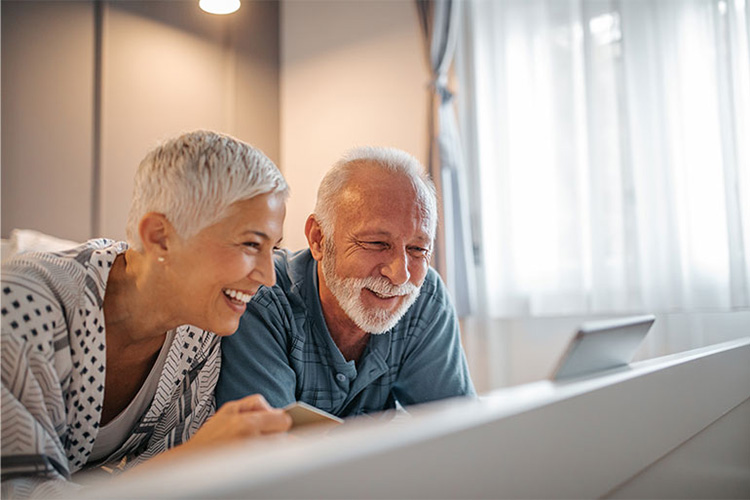How To Choose A Desk Lamp
Lighting Tips for Seniors
Getting older means having reduced eyesight. Changes to the number of photoreceptors (rods) in the retina, hardening or yellowing of the lens of the eye, increase in floaters, decrease in the pupil size, and common eye diseases such as cataracts and glaucoma all can affect vision. These conditions reduce the amount of light that the eye can use and increase how sensitive the eye is to glare. The eye also often becomes less sensitive to blues. Here Yeslights will give some tips about the lighting for old people.
Indoor Lighting Contributes to Safety and Independent Living
Changes to make the home safer with light include ambient lighting for moving around the house and a bright task light available for important activities such as reading instructions on medicine containers.

Seniors Benefit From More Light
In general, significantly more light is needed in the home for seniors. In part, this is because of common eye changes and eye disorders in which the eye needs more light to see at the same level it used to with less light. Another reason is that seniors are home more.

Seniors Need More ‘Cooler’ Lights
Incandescent lights tend to be warmer lights—more in the yellow and red family. Cooler light, including daylight, is likely to be perceived as brighter. Aging eyes tend to have yellowing lenses, and thus the ability to see in the cool range is diminished.
Using more cool light, such as halogen bulbs and cooler fluorescent bulbs, can help add to the ability of older eyes to distinguish colors.
Choose Lights With Less Contrast
Older eyes find contrast harder to deal with and may adapt to changes in light level more slowly. Ambient lighting helps with safe movement around areas such as stairways and hallways. This type of lighting is most effective if it’s consistent in level and contrast. Fixtures that create contrasts—scallop lights in a hallway, for instance—may be distracting and even dangerous.
Lighting outside is considerably brighter than inside. Areas that lead you outdoors such as a foyer, should be illuminated with higher light levels to ease the transition for older eyes.
Seniors Need More Task Light
For some tasks, someone aged 60 may need ten times the light than a 20-year-old would require. Dimmable pendants or a chandelier over the dining room table allows for brighter light during eating and other activities.
For the senior reading in bed or a chair or doing craft projects, reading lights and controls for them within easy reach, are very helpful. Additionally, more light available in the kitchen in work areas will help make food preparation comfortable and safe.

Make Task Lighting as Adjustable as Possible
Being able to adjust the light’s intensity, location, and direction will make tasks easier on senior eyes. You’ll also want to pay particular attention to keeping such lighting from producing glare. Sometimes having multiple light sources is more effective than having just one bright bulb.
Use Indoor Lighting That Mimics Nature’s Patterns
Indoor lighting that mimics nature promotes better sleep patterns and better sleep patterns in seniors promotes better health. Light indoor spaces with natural and artificial light for bright cool light for mornings and daytime and warm dimmer light for evenings. This configuration will help to aid the natural human circadian rhythm.

Use Dimming Controls
Older eyes are more sensitive to the light levels. Dimmers make it possible to control the level of light to adjust for the time of day.
All of these will take some time for adjustments, after all nothing will be reached at once. One rule needs considering is try to fit the characteristics of the old, and select the ones benefit them.

